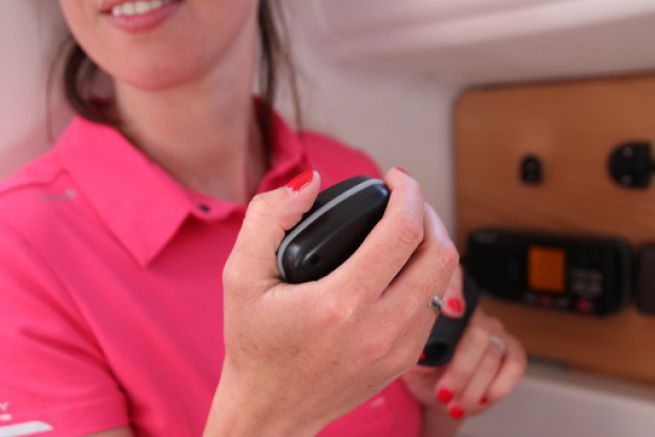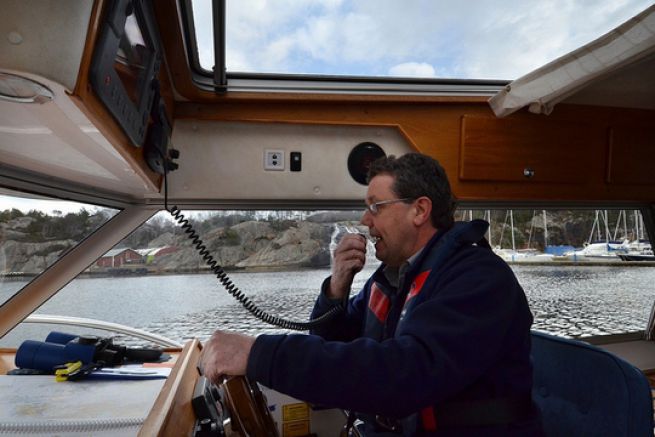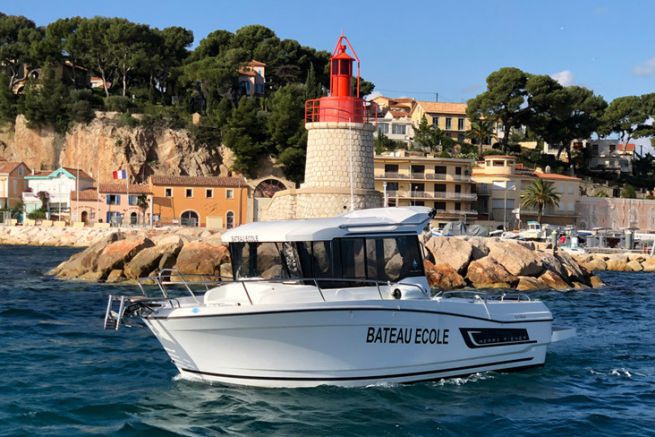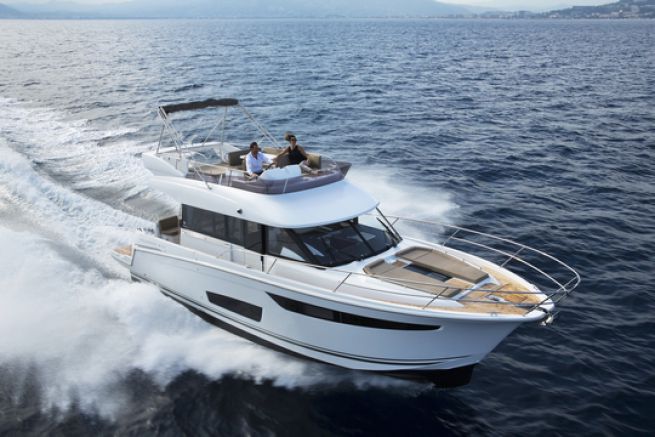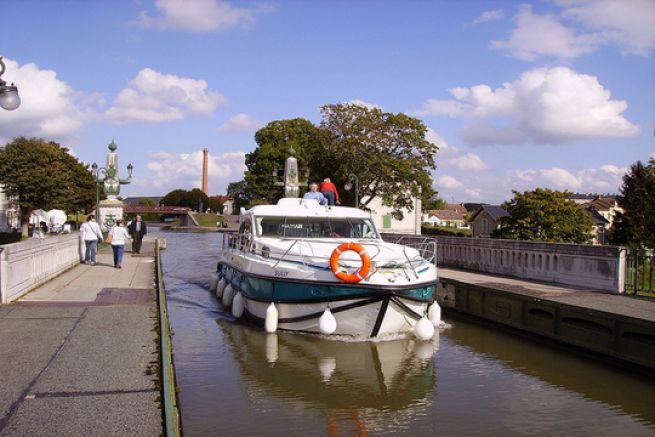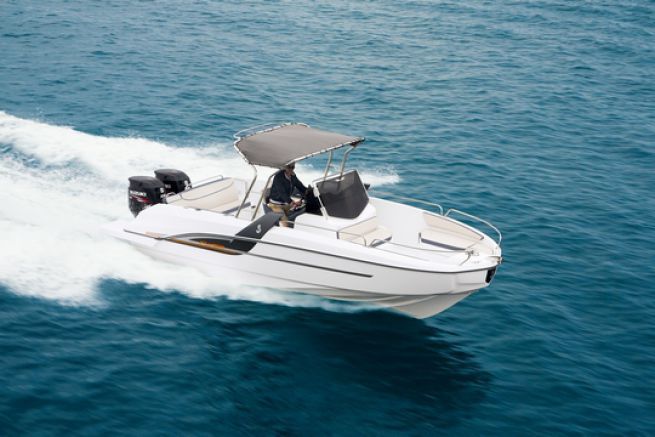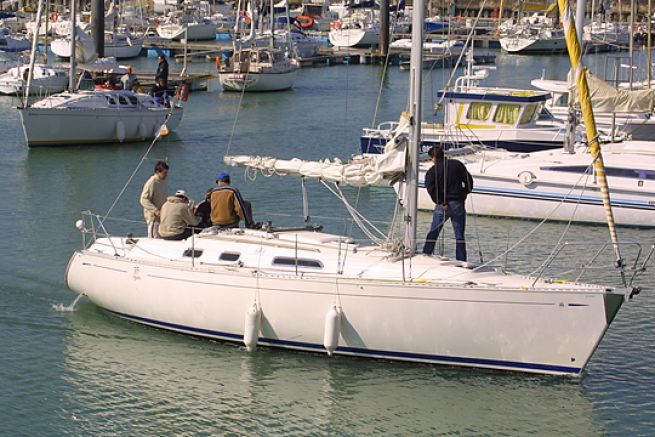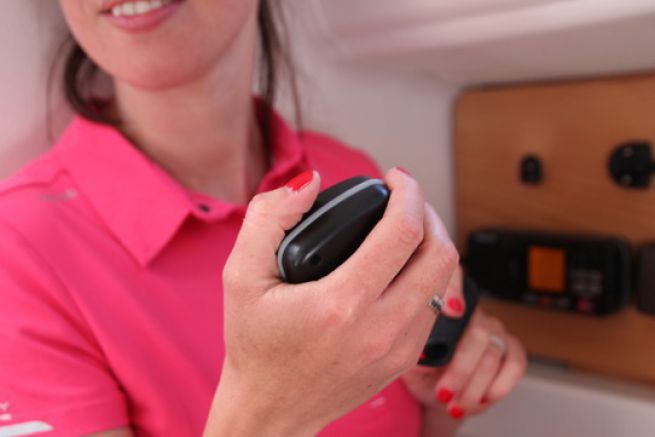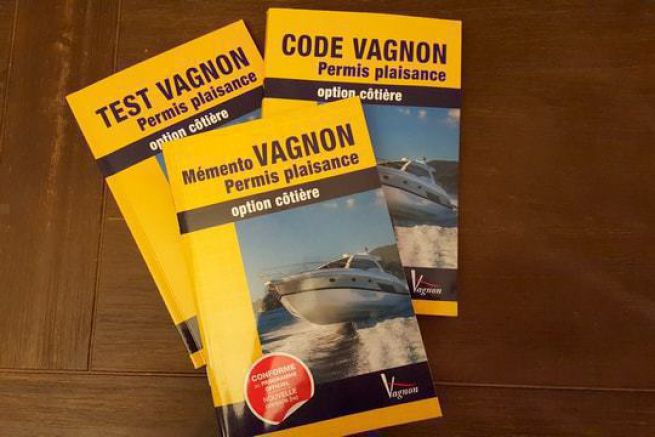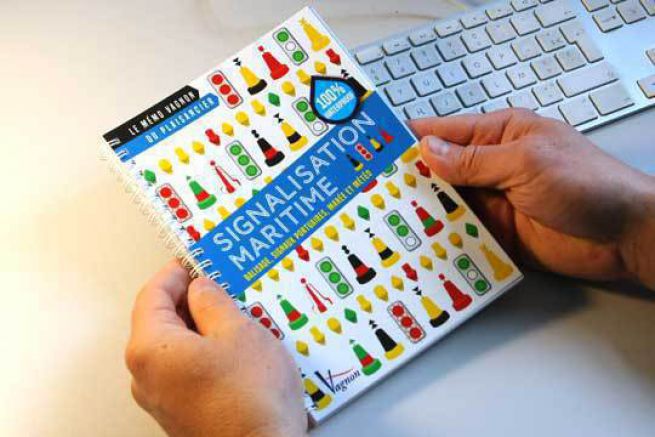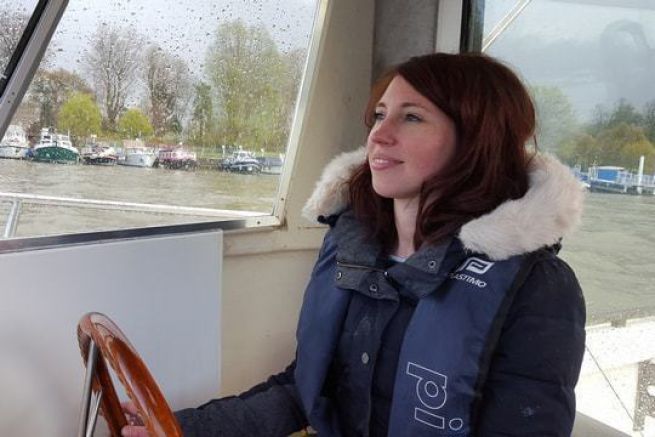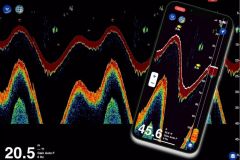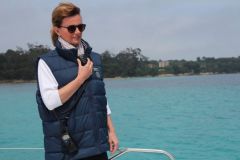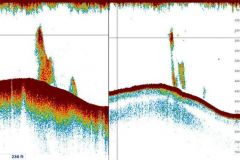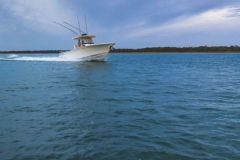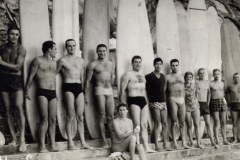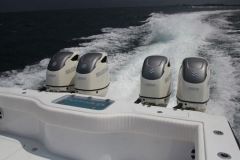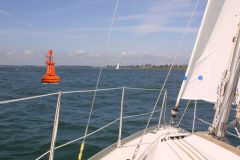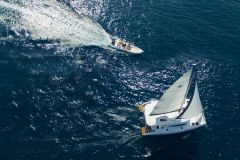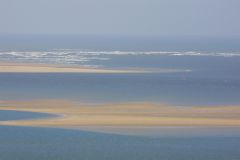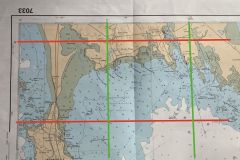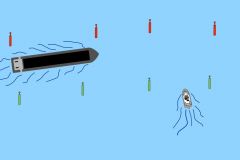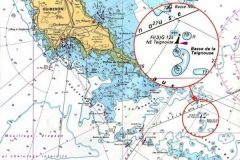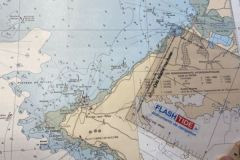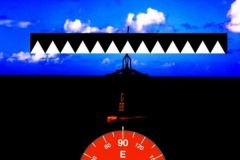By wanting to simplify access to VHF, so that all boaters can use it, the administration has created a French specificity that complicates the understanding of the legislation and may even create a fear of using its VHF set. However, the objective was to offer everyone the possibility to use their workstation.
New conditions for the use of VHF entered into force on 1 March 2011. They are about whether or not you have to take an exam to use a VHF. A distinction is made between pleasure boaters sailing in international waters and those sailing in French waters.
Glossary :
- CRR : Radiotelephony Restricted Certificate
- ANFR : Agence Nationale des Fréquences
- ASN : Digital Selective Calling
Abroad
In international waters - abroad therefore - it is always necessary to hold the RRC for the use of a VHF (whatever the model). Regardless of when the RRC is obtained, it is valid even if it is a DSC VHF. Indeed, this security function only appeared on the RRC programme from 1 October 2004.
In France
For the case of navigation in French maritime territories and inland waters, the administration considers 2 families of VHF:
- Portable VHF with a maximum power of 6 watts without DSC
- Fixed VHF with or without DSC and mobile phones with DSC
For portable VHF without DSC

No qualification is required to use a portable VHF. Any yachtsman can buy his post and use it as he sees fit. To avoid mistakes and to be able to communicate, we would highly recommend that you at least read the RRC course available on the aNFR website .
For fixed or portable VHF with DSC
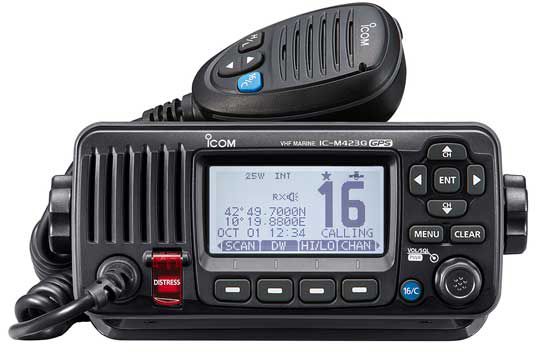
The RRC review remains mandatory except for holders of the Pleasure Craft Licence (the Coastal Powerboat Licence). Indeed, theoretical and practical knowledge are now integrated into the boat driving licence examination. Thus a licensee can use any type of VHF. Holders of a Plaisance licence issued before this reform came into force (i.e. licences obtained before 2011) may also use VHF under the same conditions. As with portable VHF, we would highly recommend that you at least read the RRC course available on the ANFR website.

And the license?
If RRC or equivalent is required to use VHF. It validates the user's knowledge. The licence gives the right to use maritime frequencies. The licence is attached to the boat. She must remain on board with the VHF(s).
Getting a license is free but mandatory! All you need to do is fill out the"Licence Application or Amendment" form available on the ANFR website, accompanied by the required supporting documents. Note that the licence is compulsory on board even if no one uses VHF.
Obtaining the licence provides the vessel with a unique identifier (code and/or MMSI) which is registered at the emergency centres. MMSI management is also carried out by ANFR.
How to integrate the new 240 division?
As of January 1, 2017, a fixed VHF will be mandatory for vessels operating more than 6 miles from a shelter. These boaters will still be in national waters and will therefore have to have a choice:
- An RRC
- A coastal permit
If they want to win the foreigner, it's mandatory CRR..
